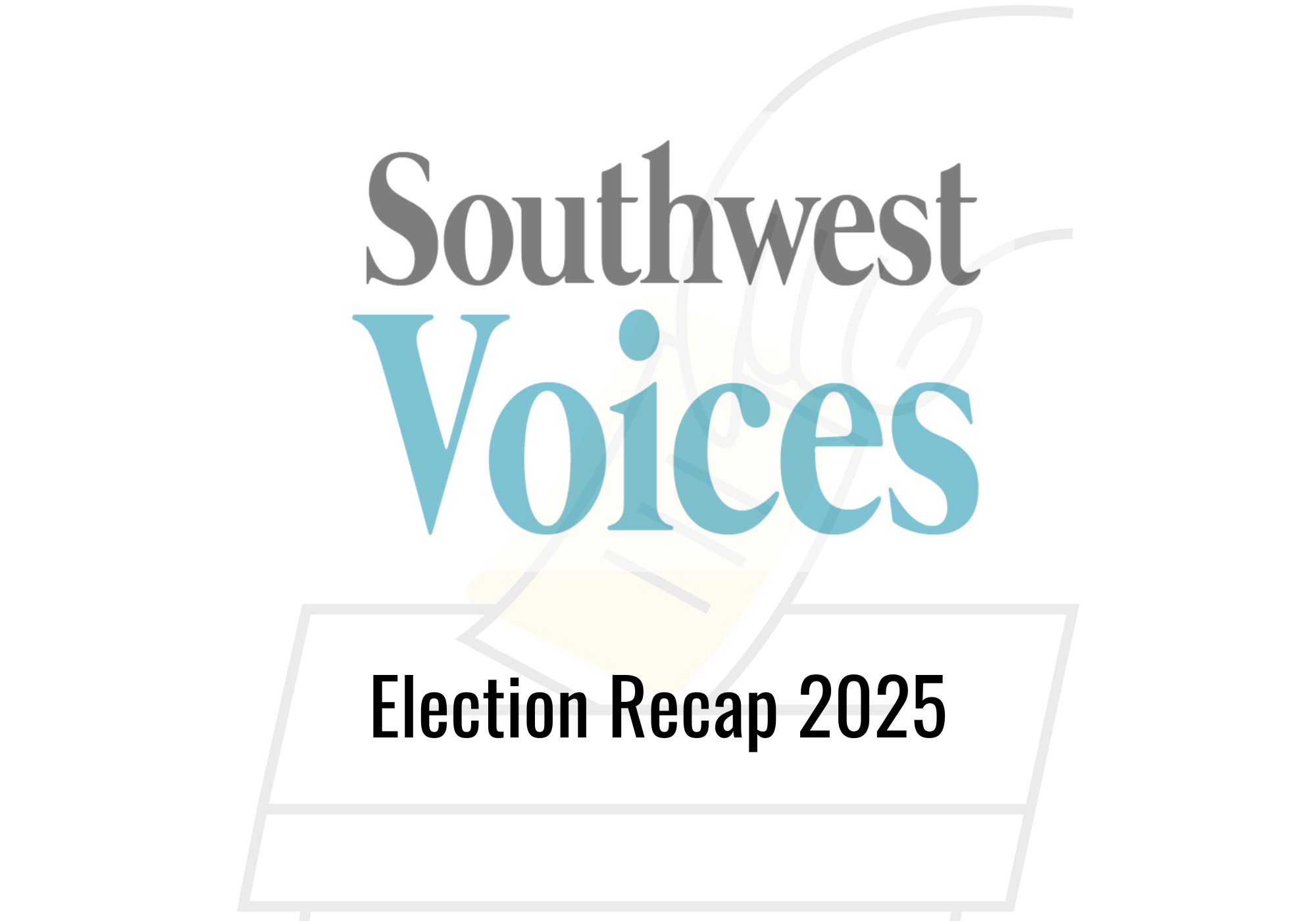Redistricting occurs every ten years, utilizing U.S. Census data, to balance populations among districts. This process occurs not only for congressional and state legislative districts, but also for local wards and park districts in Minneapolis. Different areas of the city grow at different rates, which is made clear by the Census. For example, the downtown and riverfront area have had especially rapid growth.
The Redistricting Group consists of the 15 members of the Charter Commission, appointed by the Chief Judge of Hennepin County, and nine community volunteers from the community, appointed by the Charter Commission. The Redistricting Group creates the draft maps and refines the drafts based on public feedback. The final maps are adopted by the Charter Commission.
The new maps are supposed to follow several rules:
- Equalizing population between wards with a 5% variation permitted
- Creating wards which are contiguous, with all parts of the ward connected
- Creating wards which are compact rather than spread out
- Creating wards that permit minority groups to elect candidates of their choice, as outlined in the Voting Rights Act
- Maintaining “communities of interest” together in one ward
- Avoiding the removal of incumbent council members from their ward
The final public hearing on these proposed redistricting maps will be on Feb. 24 at 4 p.m.
Zooming in on Southwest
There are two changes to Southwest in the proposed ward map and three changes in the park district map. The ward maps reflect city council representation.
East Harriet was united in Ward 13, which was previously split between Wards 10 and 13. East Harriet residents and the neighborhood association pushed for this change, suggesting the neighborhood would be better served in one ward and that it had more in common with Ward 13.
West Bde Maka Ska was moved from Ward 13 to Ward 7. This was done partly to balance the population after the unification of East Harriet. There have also been suggestions that the area fits better in Ward 7, but there was less discussion of this change than the change to East Harriet.
For the park district changes, East Bde Maka Ska and Cedar-Isles-Dean moved from District 4 to District 6, and the bulk of Whittier was moved from District 4 to District 3.
Key issues for the park redistricting map beyond Southwest
At first, it seemed the Park Board map would be relatively simple. The group made a few small changes in October 2021 to balance population so the districts were within the 5% variation. A letter from the Park Board, however, requested that the Redistricting Group attempt to keep the population variance even closer. A particular area of concern was that the districts in South Minneapolis were underpopulated, which gave those areas (which tend to be whiter, wealthier areas) outsized power in elections. Additionally, the Park Board requested that the Redistricting Group work to create a second majority-minority district. Currently, only District 2 fits that description.
The Redistricting Group worked to accommodate the Park Board’s request and balanced population more closely, although there was some disagreement within the group about whether it was necessary to do this or if population variance didn’t matter so long as it was within 5%. The Park Board map went through several more iterations to reach the current proposal.

Key issues for the ward redistricting map beyond Southwest
An early discussion for the group was whether to create a “Downtown Ward.” After a heated discussion and a close vote, the Redistricting Group opted not to pursue creating a Downtown Ward. Several members of the group suggested a ward which would combine many of the downtown neighborhoods into a single ward. Currently, the downtown area is split between several wards, primarily Ward 3 and Ward 7. Some members argued this would help to keep a community of interest together, while others suggested it was beneficial to keep downtown split so that multiple council members would represent the interests of the area.
The current drafts do not remove any City Council or Park Board members from their wards or districts. Early in the process, there was initially significant disagreement on the Redistricting Group about whether council members’ addresses should be considered in the process. An early draft inadvertently removed Council Members LaTrisha Vetaw and Jeremiah Ellison from their wards. After community feedback and research from legal counsel, the Redistricting Group reversed course. The boundaries were restored.
A key topic of discussion throughout the process was about keeping neighborhoods together and trying to unite neighborhoods which were previously split. In the proposed maps, two neighborhoods are now united within one ward. East Harriet will be part of Ward 13 and all of Elliot Park will be part of Ward 6. Central will remain split between Ward 8 and 9 and Marcy-Holmes will be newly split in Wards 2 and 3.
George Floyd Square is currently split between Ward 8 and 9 and the proposed map would maintain the split. Members of the Redistricting Group have been divided on this issue. City Council Member Andrea Jenkins said she wants the area all in Ward 8 and Council Member Jason Chavez said he prefers it split between Ward 8 and Ward 9.

What’s next
The final public hearing on the proposed redistricting maps will be on Feb. 24 at 4 p.m. Speakers can sign up here. Comments can also be submitted in writing here or here.
After the public hearing, the Redistricting Group will meet on Feb. 25 and Feb. 28 at 4 p.m. to review feedback and make any final changes before proposing final maps to the Charter Commission. The Charter Commission will vote on the final approval of the maps on March 2 at 4 p.m.

.jpg)







